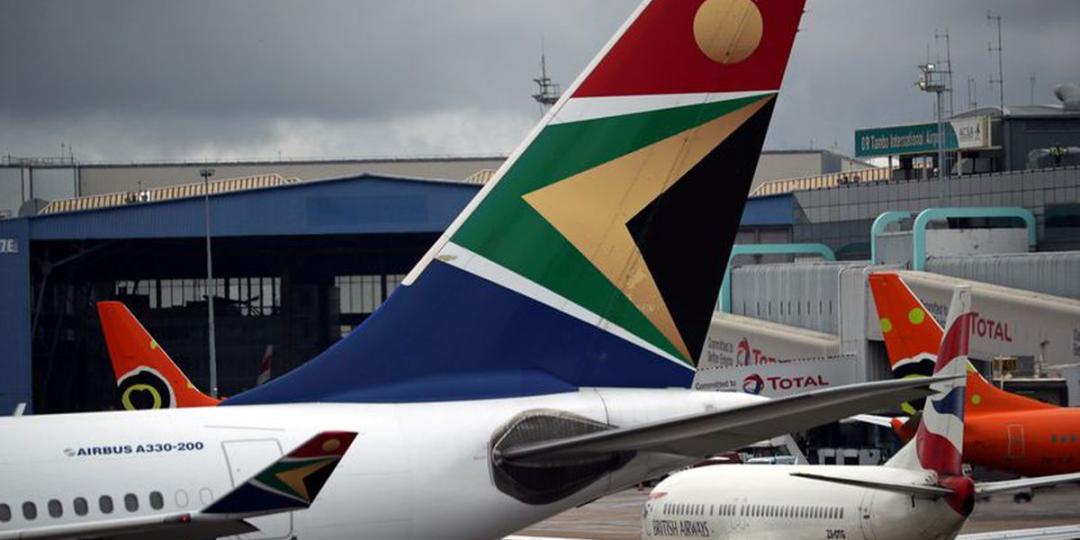SAA creditors and trade unions have begun submitting their proposals for amendments to the airline’s business rescue plan, to be republished on July 7. Meanwhile, less than half of employees are said to be ready to sign the R2.2bn (€115m) voluntary retrenchment package offered as part of the plan.
Louise Brugman, Spokesperson for business rescue practitioners Les Matuson and Siviwe Dongwana, says the creditors’ committee and some of the trade unions who rejected the plan have submitted proposals which represent “little changes here and there”. “Nothing fundamental – mostly things already in the plan – that they just need to be directed to.” Meanwhile, she said the validity of the July 15 deadline – by which Government has to confirm it can fund the plan – remains unclear. “We are in talks all this week about funding, so the July 15 date is unclear,” she says.
The Department of Public Enterprises has ratcheted up the pressure for a ‘yes’ vote when creditors and unions meet again on July 14 on the revised plan. In a statement on Thursday, DPE claims four unions and staff representatives are ready to sign the voluntary severance packages offered. They are the National Transport Movement, South African Transport and Allied Workers Union, the Aviation Union of Southern Africa, Solidarity and non-unionised management, who, at the last creditors meeting on June 25, supported the plan. They met with DPE representatives on Wednesday and allegedly committed to sign the retrenchment offer.
Some 69% of creditors on June 25 voted to adjourn a vote on the business rescue plan, including three trade unions together representing 58% of SAA employees – the National Union of Metalworkers of South Africa, the SA Cabin Crew Association and the SAA Pilots’ Association – who are also objecting to the final retrenchment package. A ‘yes’ vote on July 14 will have to be carried by 75% of creditors.
On Thursday the DPE issued another statement warning that a vote against the plan on July 14 would result in a protracted and costly liquidation of the airline, lead to financial hardship for employees and substantial undervaluation of assets. The DPE argued that business rescue provided a better outcome than liquidation and should be supported for creditors’ collective interests.
























